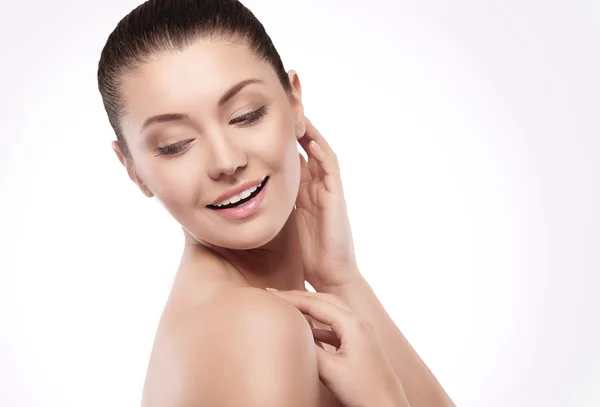Anatomy

The human face is a system that carries a whole complex of information and a highly developed means of communication, which will always be a mystery to us. Due to the evolution, which lasted more than one million years, the face has improved and has become the hallmark of everyone, but most importantly, it shows emotions, and our life is full of emotions that are reflected in the mimic activity of the muscles.
At the Anatomical Courses, held by Medical Esthetic under the guidance of Natalia Markova, we help aesthetic doctors unravel the secrets of the face, and the orbital and frontal area are always of great interest to aesthetic specialists. Indeed, in the aesthetic field, it is very important to know not only the anatomy of the muscles and be able to work with them, but also to be able to imagine how they contract and what emotional states they reflect. The face is a “canvas” on which an aesthetic doctor must create competently.
First of all, you need to pay attention to the most famous muscle: m. orbicularis oculi, as well as the frontal area in terms of anatomy. M. orbicularis oculi is a sphincter muscle with many features:
- The first feature is that it has three parts: orbital, lacrimal, palpebral, which in turn is also divided into two more: upper and lower. For aesthetic procedures, especially for botulinum toxin therapy, but also for the injection of fillers and implantation of threads, it is very important to understand the precise localization and functional features of all parts of the m. orbicularis oculi;
- The second feature is that between the skin and the m. orbicularis oculi, there is no fat layer, which is also important when using solutions of botulinum neuroprotein (in particular, mesobotox) and enzyme solutions in the lower eyelids;
- And the third feature is the attachment of the m. orbicularis oculi to the bone and its interlacing with other adjacent muscles, creating a certain layering, which again is of great importance with neuroprotein injections: because deeper or too superficial injections can lead to botulinum toxin targeting other muscles and lead to adverse events.
As for the frontal area, we all know that the target of botulinum therapy is, first of all, the mimic muscles: the frontal muscle (part of the fronto-occipital) is an antagonist of the orbicular muscle of the eye, the muscles that wrinkle the eyebrow, the procerus muscle and part of the orbicular muscle of the eye. The frontal muscles are responsible not only for our facial expressions, but also for the formation of wrinkles and corrugations under the influence of age and behavioral factors. These are horizontal and vertical wrinkles of the forehead area.
Most requests from patients are for the correction of vertical wrinkles between the eyebrows. The area between the eyebrows is very interesting itself and even has a special name “glabella”.
This is the area of work (muscle actions) of several muscles: the procerus muscle, the muscles that wrinkle the eyebrow and the frontal muscle. And each muscle has its own dynamics, attaching point, size (volume), length and direction of the fibers.
All of the above is of great importance when conducting competent, correct botulinum therapy: when choosing dosages, directions and techniques of injections, concentration of the toxin.